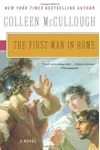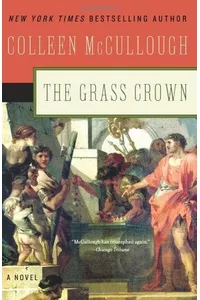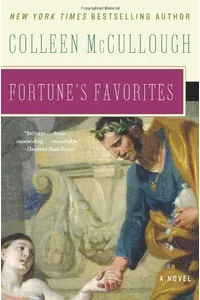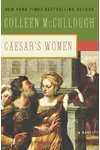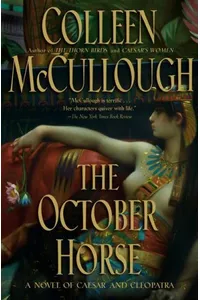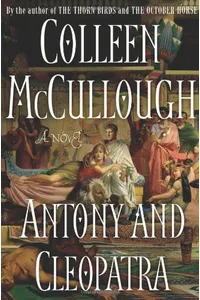Step into the grand arena of Colleen McCullough’s Masters of Rome, where the dying days of the Roman Republic come alive with political intrigue, epic battles, and larger-than-life figures! This seven-book historical fiction saga, spanning 110 BC to 27 BC, weaves a rich tapestry of ambition, betrayal, and destiny, bringing legends like Julius Caesar and Augustus to vivid life. Perfect for history buffs and story lovers alike, it’s a journey through a world where power is everything.
With meticulous research and a flair for drama, McCullough crafts a series that feels like stepping into ancient Rome itself. From the bustling Forum to the blood-soaked battlefields, Masters of Rome is a thrilling blend of fact and fiction that captures the chaos and glory of an empire on the brink of transformation. Ready to explore this monumental epic? Let’s dive in!
How Masters of Rome Began
Colleen McCullough, an Australian author famed for The Thorn Birds, spent over a decade researching ancient Rome before penning Masters of Rome. Inspired by the Republic’s complex political machinations and towering personalities, she aimed to humanize historical giants like Gaius Marius and Lucius Cornelius Sulla. Her scientific background as a neuropathologist fueled her obsession with accuracy, resulting in a series that’s as educational as it is enthralling. Published starting in 1990 with The First Man in Rome, the saga grew into a beloved epic despite initial publisher skepticism favoring lighter fare.
The Heart of Masters of Rome
The series kicks off with The First Man in Rome (1990), following Gaius Marius, a brilliant but lowborn general, and Sulla, his aristocratic protégé, as they navigate Rome’s treacherous political landscape amid wars against Numidia and Germanic tribes. The Grass Crown (1991) deepens their rivalry, showcasing civil war and Marius’s unprecedented seventh consulship. Fortune’s Favorites (1993) introduces a young Julius Caesar, whose cunning rise sets the stage for later books like Caesar’s Women (1995), which explores his political and romantic conquests. The final book, Antony and Cleopatra (2007), closes with Octavian’s triumph as Rome’s first emperor.
Masters of Rome shines through its themes of ambition, loyalty, and the fragility of democracy. McCullough’s Rome is a vivid world of togas, triumphs, and betrayals, where personal honor clashes with ruthless power plays. Her style blends detailed historical accuracy with vibrant character studies, making figures like Caesar both mythic and human. The series also highlights strong female characters, like Servilia and Cleopatra, whose influence shapes Rome’s destiny despite societal constraints.
Why Masters of Rome Resonates
Masters of Rome has captivated readers with its immersive storytelling and unparalleled depth, earning praise from fans and historians alike. Its blend of rigorous research and compelling narrative makes it a cornerstone of historical fiction, inspiring readers to explore Roman history further. The series’ focus on the Republic’s fall resonates today, reflecting timeless questions about power and governance. Despite McCullough’s passing in 2015, her epic endures, cherished by those who crave meaty, thought-provoking reads.
- About Masters of Rome
- Publication: 1990–2007
- Books: 7
- Setting: Roman Republic, 110–27 BC
- Author: Colleen McCullough
Grab The First Man in Rome and plunge into the epic world of Masters of Rome! Whether you’re a history nerd or just love a gripping tale, this series promises a wild ride through ancient Rome’s glory and chaos.
